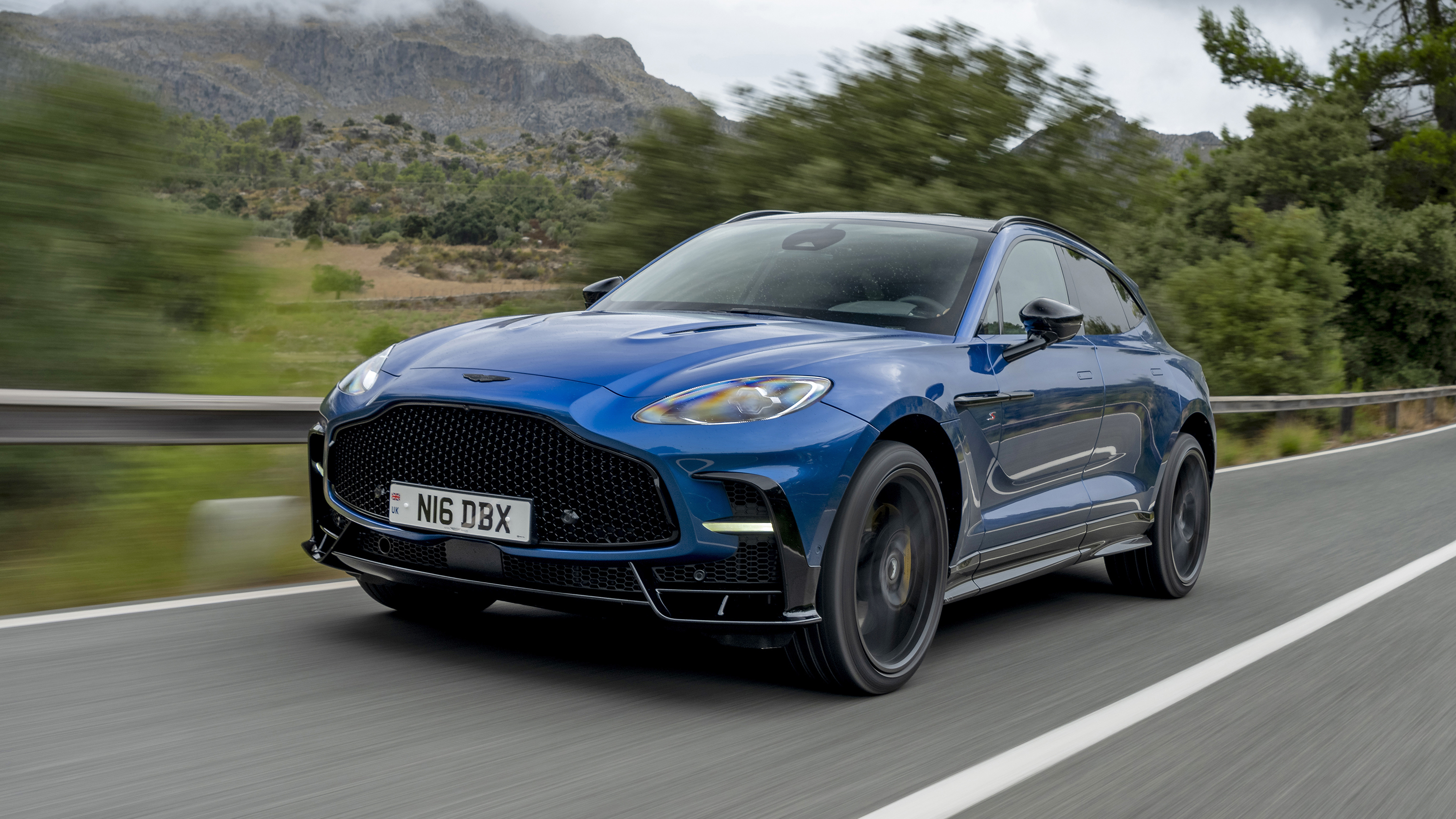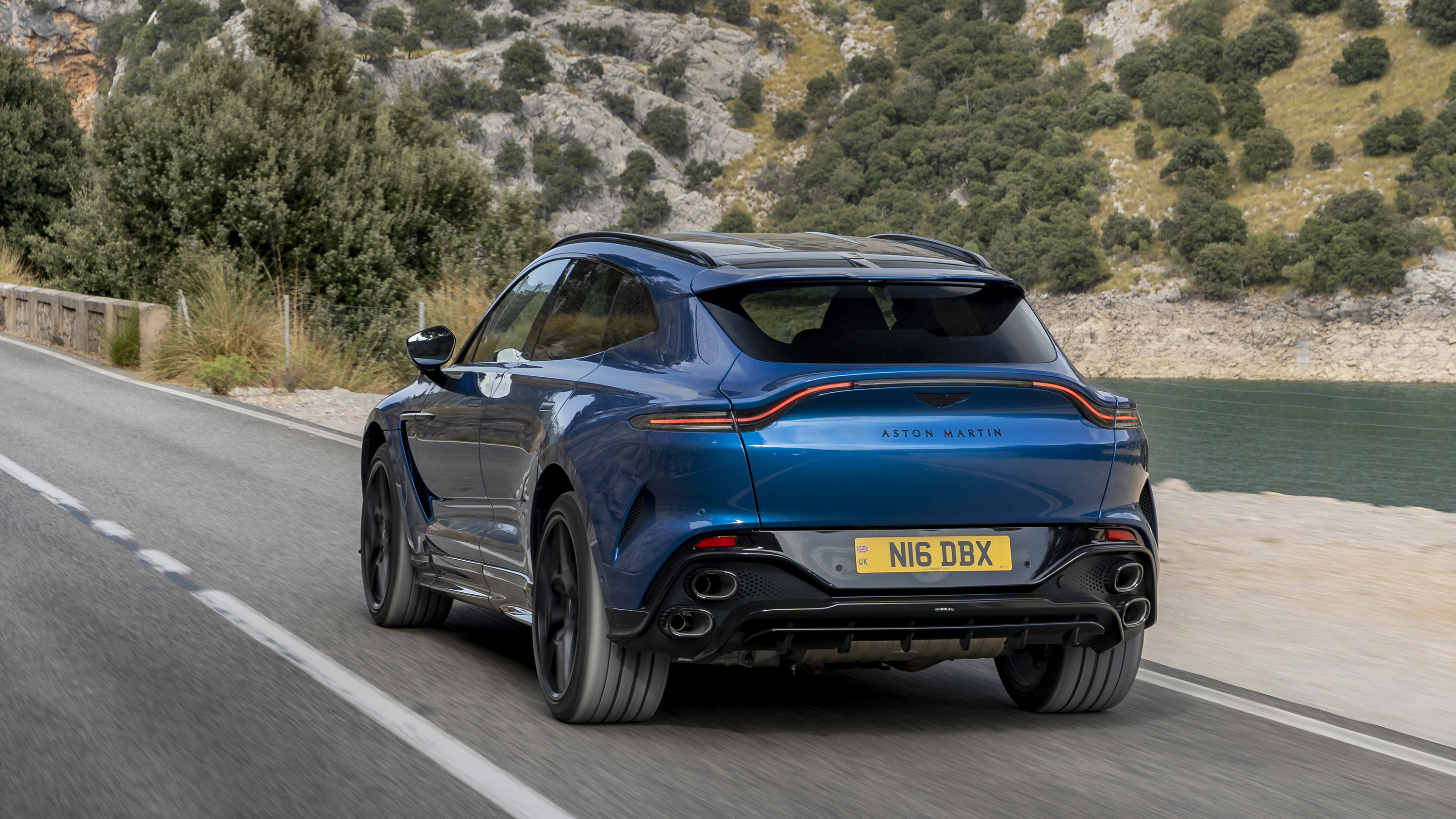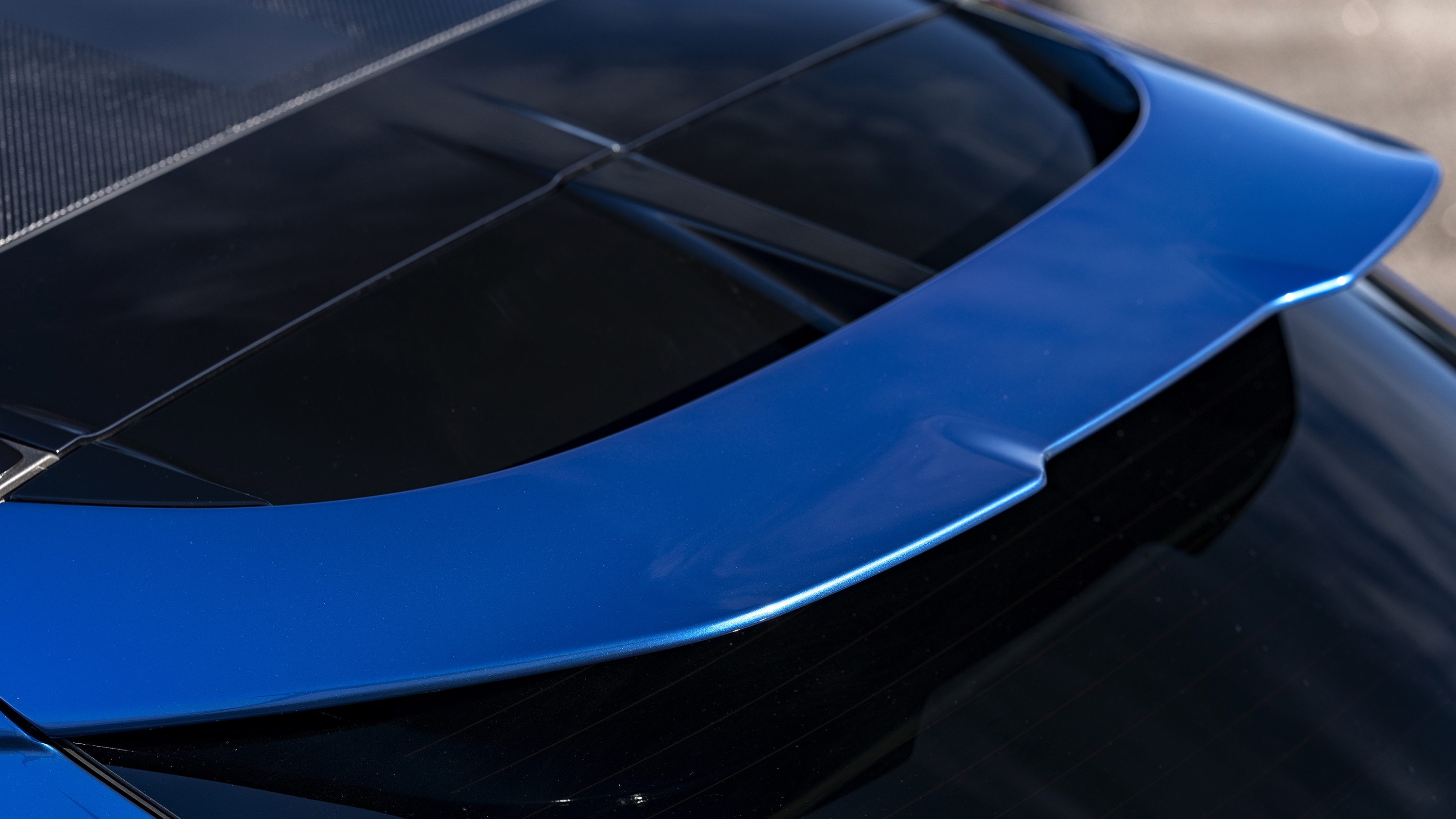
Aston Martin DBX S review: yet more power... and CarPlay Ultra
£210,000 when new
SPEC HIGHLIGHTS
- BHP
717.4bhp
- 0-62
3.3s
- Max Speed
193Mph
Another Aston Martin DBX?
Well, yes. There are power games going on in the uppermost echelons of the SUV world. We’re not sure how much it really matters, but in becoming the DBX S, Aston Martin’s, erm, off-roader gets a hike from 697 to 717bhp. That’s enough to eclipse the Ferrari Purosangue – by 2bhp – although both the Lamborghini Urus SE and Porsche Cayenne Turbo e-Hybrid are more powerful still (789bhp and 729bhp respectively). But they’re electrified and the Aston is merely turbocharged.
Old school vibes.
There is no hybrid option here. If you want your SUV to do an accomplished impression of a pretty serious sports car, look no further. Plus, it uses a bespoke bonded aluminium platform, which has given the engineering team a latitude denied to the Audi Q8, Bentley Bentayga, Lamborghini Urus, or Porsche Cayenne (all rely on the same VW group components matrix). Aston shifts around 3,000 DBXs per year, so this refresh is important to the bottom line. Prices start at £210,000, a five grand uplift on the 707.
More power is good. But the DBX 707 wasn’t actually a shrinking violet, was it?
Indeed not. The S – and we love the old-school simplicity of the badge, first deployed by Aston Martin on the Vanquish in 2004 – is also notably lighter. That said, you actually have to pay more for some of the weight-saving stuff, principally the carbon fibre roof (an additional £5k) which also bins off the roof rails. It’s an impressive expanse, and at almost three metres square is the biggest carbon element ever fitted to an Aston.
Remind me of the benefit of that…
It saves 18kg, and because it’s at the top of the car, it helps reduce the overall centre of gravity. Also on the menu are 23in magnesium wheels, which save 19kg in unsprung mass compared to the regular aluminium ones. Those of a metallurgical bent might like to know that magnesium is 75 per cent lighter than steel, and half the weight of titanium. A DBX S shod thusly is not a car in which to play fast and loose with kerbs. These bad boys cost £15k. With all the lightweight options fitted, Aston says the DBX S now weighs 2,198kg. Which, in this era of elephantine EVs, is actually pretty good.
Any visual changes?
The car’s mighty maw now features a black vaned grille, although the options list tempts prospective owners again with a lightweight polycarbonate grille. Its honeycomb design mirrors that used on the Aston Martin DBS 770 Ultimate. May as well as buy one of those as well, eh?
There’s also a new front splitter and diffuser, new sills with air splitters, and red ‘S’ badges on the wings. The biggest visual change is at the rear, where the quad exhaust outlets now sit vertically rather than horizontally, and come in gloss or matt finishes. The rear bumper and diffuser have also been redesigned, and configurator junkies can go wild adding carbon fibre all over the shop. There’s a lower body go-faster stripe, too; choose between red, silver or green. The DBX has always been a strong piece of work with some clever graphic flourishes, and the S secures its position as a desirable and prestigious consumer good. Although that upswept rear duck tail/arse remains divisive.
Hit me up with some driving impressions.
The DBX S builds out on the changes made on the 707. Which is to say this is an SUV dragster of palpable character and bandwidth. We noted when we drove the 707 that the chassis could handle more power, so the additional 20bhp is welcome if not exactly transformative (torque remains unchanged at 664lb ft). The more complex engines become, the more its Mercedes-sourced 4.0-litre biturbo ‘hot V’ V8 feels like an outlier. It’s a fabulously woofly sounding thing under load, impressively restrained the rest of the time.
We know that EVs can be massively rampant, but the DBX S is a reminder of how addictive thumping mid-range torque can be. Aston’s engineers have taken learning from the Valhalla and tweaked the turbos (the compressors’ wheels are bigger), the effect of which is actually better felt at the top end of the rev range. The current car’s slightly intrusive soft limiter has also been removed. Top speed and zero to 62mph remain unchanged (193mph and 3.3 seconds), but the S shaves 0.3s off the 707’s 0-124mph time. All of which is largely academic in the real world, but gives you some idea of how urgently this big beast can move. It’s also terrific at motorway speeds, quiet and composed even on the 23in wheels, with only modest wind noise.
What about in the twiddly bits between the straights?
The DBX has always been a dynamic device. Talk to Formula One’s medical car driver Karl Reindler about how it manages its mass at full tilt on a race-track. The active centre transfer case varies drive from 47/53 front-to-rear in everyday GT mode, but stick it in Sport+ and it’s 100 per cent rear-driven for if you’re feeling ‘a wee bit slidey’ as the late, great Colin McRae once observed – though he wasn’t talking about a two-tonne SUV at the time.
There’s also brake actuated torque vectoring and a 48-volt electronic anti-roll system. The aim is to keep things as taut as possible on corner entry, then ramp it up at the rear for a short wheelbase feel and more agility, the spring rate adjusting roll stiffness. It handles very adroitly, in a nutshell.
Top Gear
Newsletter
Thank you for subscribing to our newsletter. Look out for your regular round-up of news, reviews and offers in your inbox.
Get all the latest news, reviews and exclusives, direct to your inbox.
Anything else to note?
There’s no active rear axle. But the DBX S’s steering is four per cent faster, a marginal gain Aston says improves the car’s turning circle by almost half a metre. There’s no doubt that the DBX’s body control on twisty roads is impressive, but we did find ourselves working the nine-speed wet clutch auto a little bit more vigorously than we were expecting. It’s not quite as entertaining at ten-tenths as the Urus SE but very well-rounded nonetheless.
No issue with the braking; there are carbon ceramic discs all-round, 420mm at the front, 390mm at the rear. It’s also useful off-road, not that we tried it on this occasion. Bootspace remains as before, at 638 litres, and towing capacity is up to 2,700kg. Boats, horses, jet-skis… that sort of thing. In terms of fuel consumption, well, that’s yet to be declared. We’d say 20mpg combined. On a good day.
Any changes inside?
This is one of the areas where the 707 really moved things on. Out went the old Merc hand-me-down infotainment system, in came an Aston-specific 12.3in touchscreen. The S obviously continues that, and very good it is, too. Although anyone who’s grown accustomed to the mega screens fitted in most EVs these days may find the central display in here a tad small.
The buttons on the steering wheel feel a little plasticky, but the overall effect is tactile and expensive, and there’s a solid emphasis on physical switchgear - particularly welcome for the climate control. The luxury world has spoken. Bowers & Wilkins supplies the audio, the beefiest version of which is a bespoke 23-speaker, 1,600-watt system of impeccable power and clarity. Definitely worth optioning.
The S brings with it its own interior trim, running to Alcantara on the seats, headlining, and lower part of the instrument panel. There’s semi-aniline leather in high wear areas, and a herringbone motif throughout. There are Ss embossed in the seats and on the door treadplates.
Is it fitted with Apple’s CarPlay Ultra?
Yep. Aston Martin is the first carmaker to throw its lot in with Apple on this, while some are holding out. Mercedes for one, whose CEO Ola Källenius said: “I fundamentally believe that the holistic customer experience is best done by us. To give up the whole cockpit head unit and everything to somebody else, the answer is no.”
TopGear.com has already tested it and the main advantage is that you’re not flicking in and out of the CarPlay user interface when you need to find something on the car’s built-in system. You use wheel-mounted thumb pads to swipe through different instrument displays – a bit fiddly – and there’s something called ‘punch-through UI’ that imports specialist pages into the CarPlay environment. Basically, it homogenises everything, making it all easier to use. Apple converts will love it. Anyone with issues, whether ethical or out of brand antipathy, doesn’t need to use it. Android Auto is also available.
Conclusions?
A big fast SUV is conspicuously failing to read the room. But people buy them and Aston Martin’s continued investment in sports cars is predicated on its presence in this space. The S doesn’t radically overhaul the DBX but it does underline its core attributes: it’s fast and extrovert when you want it to be, refined and amiable company when you don’t. And the design and interior quality have never been better. One from the heart rather than the head, and we could all use some of that, right?
Featured







